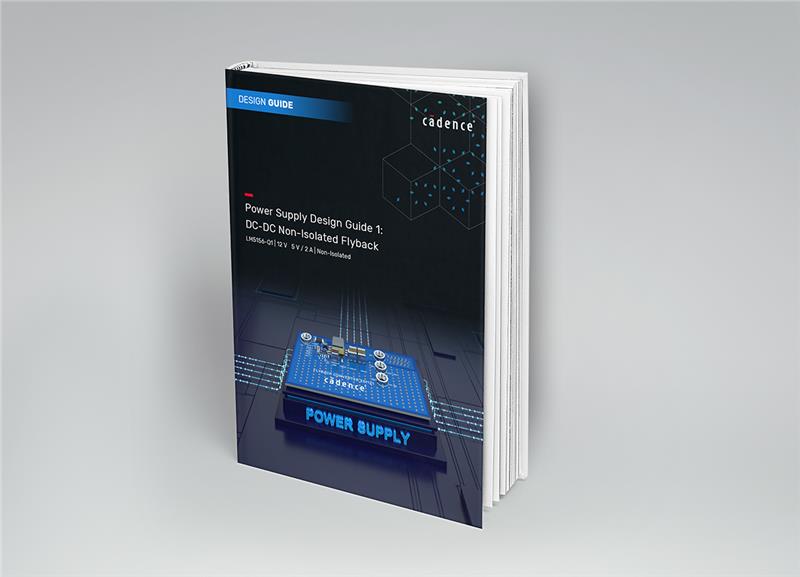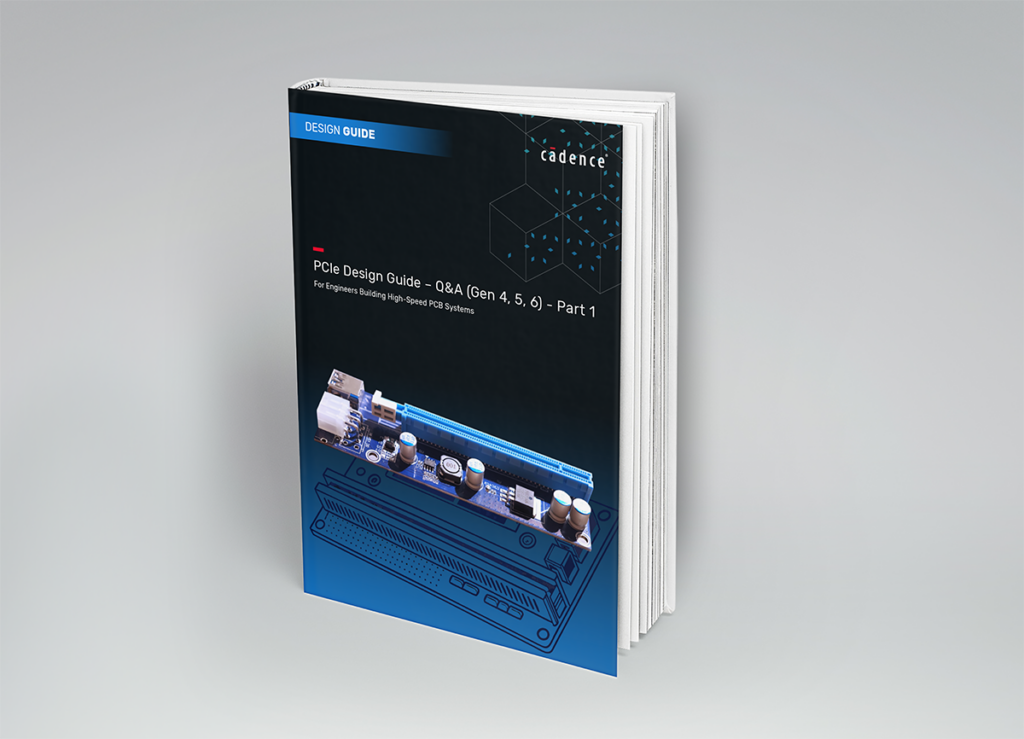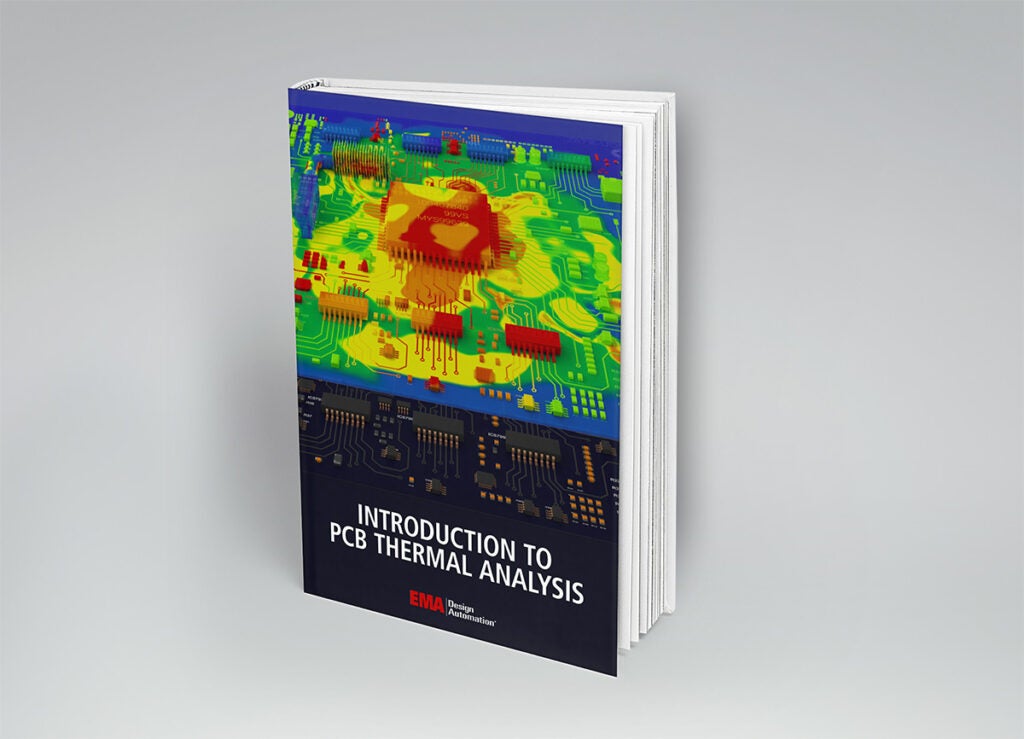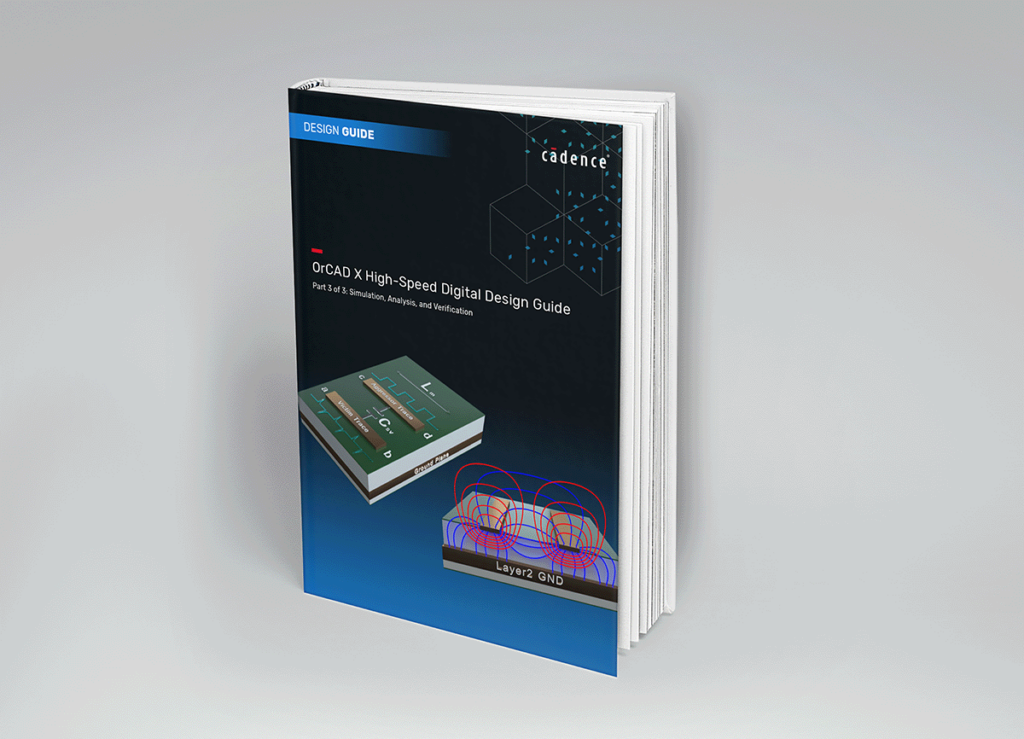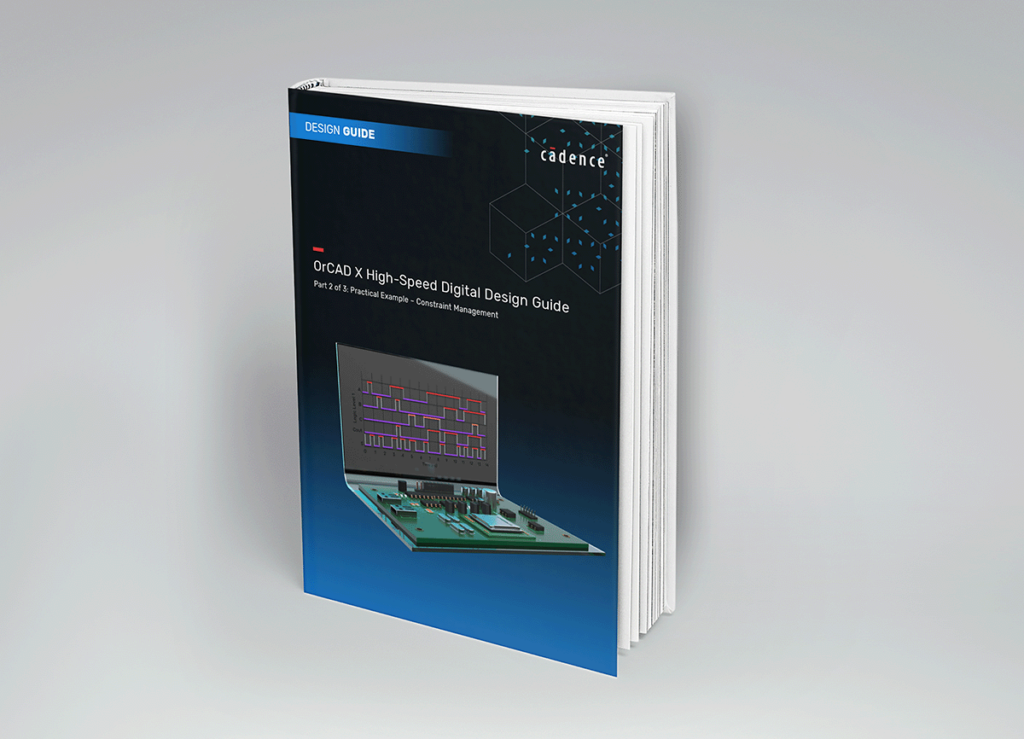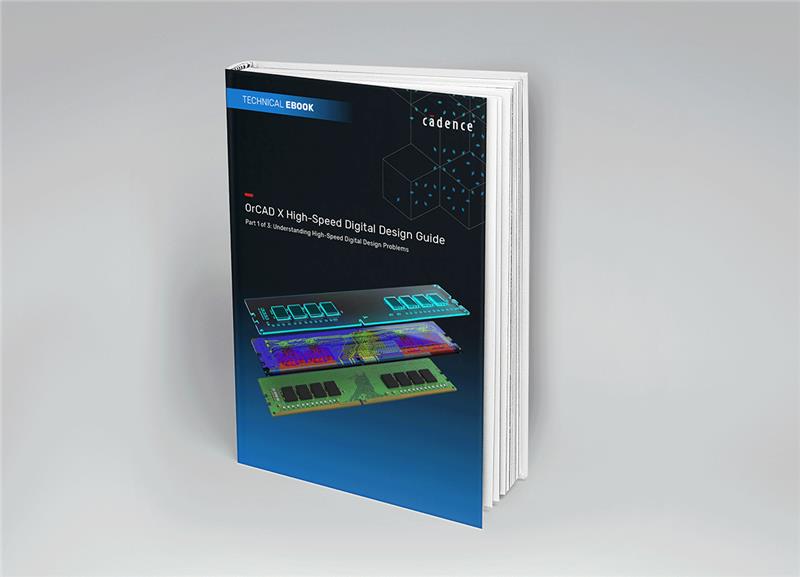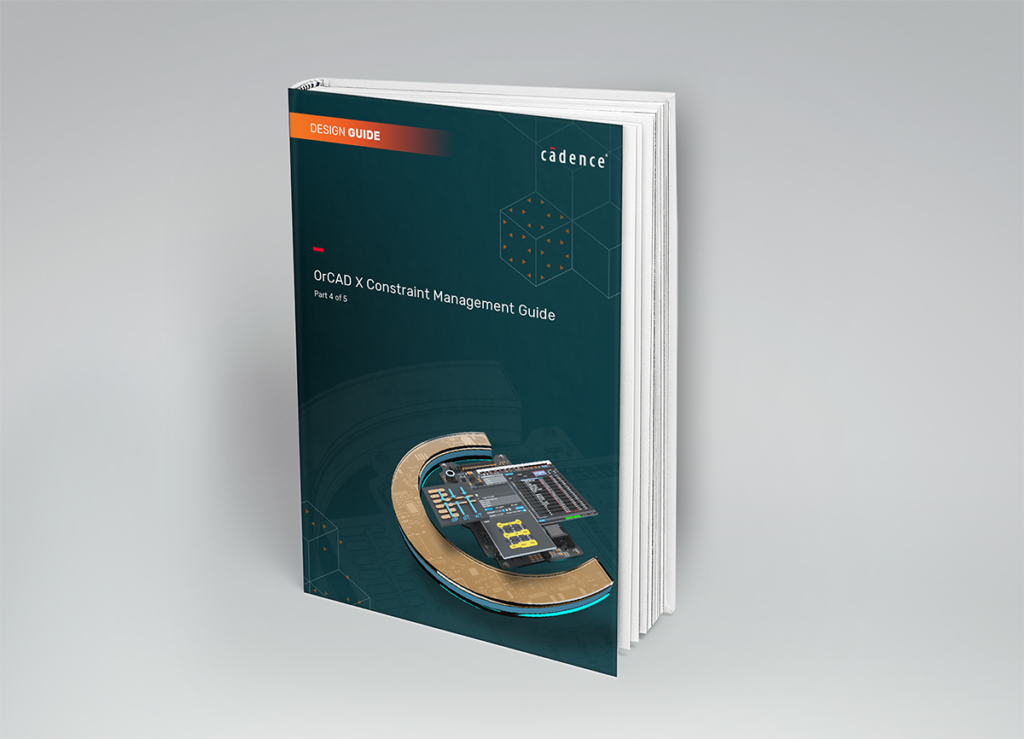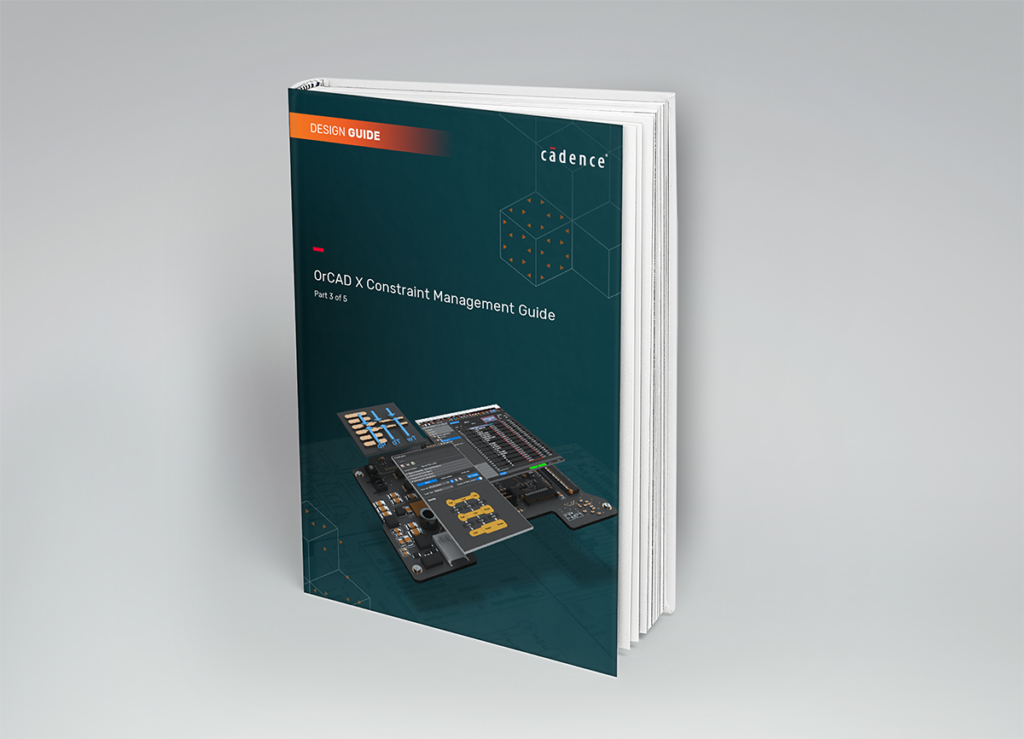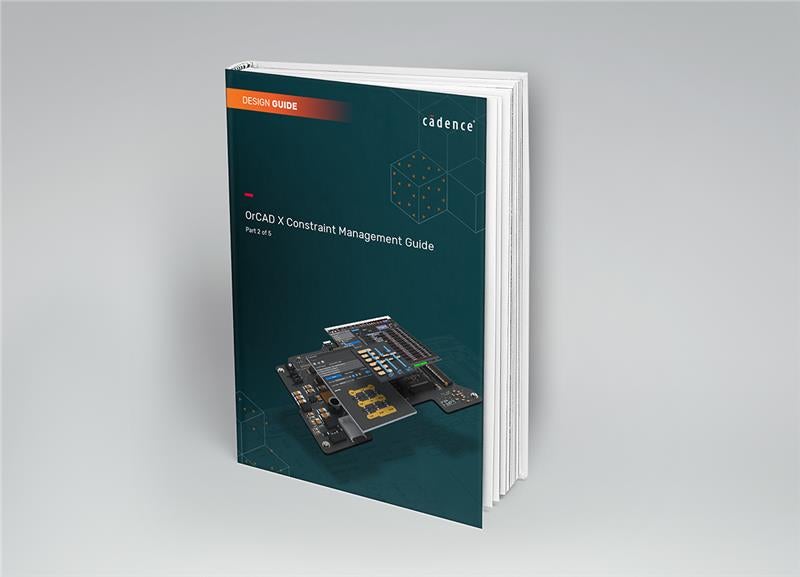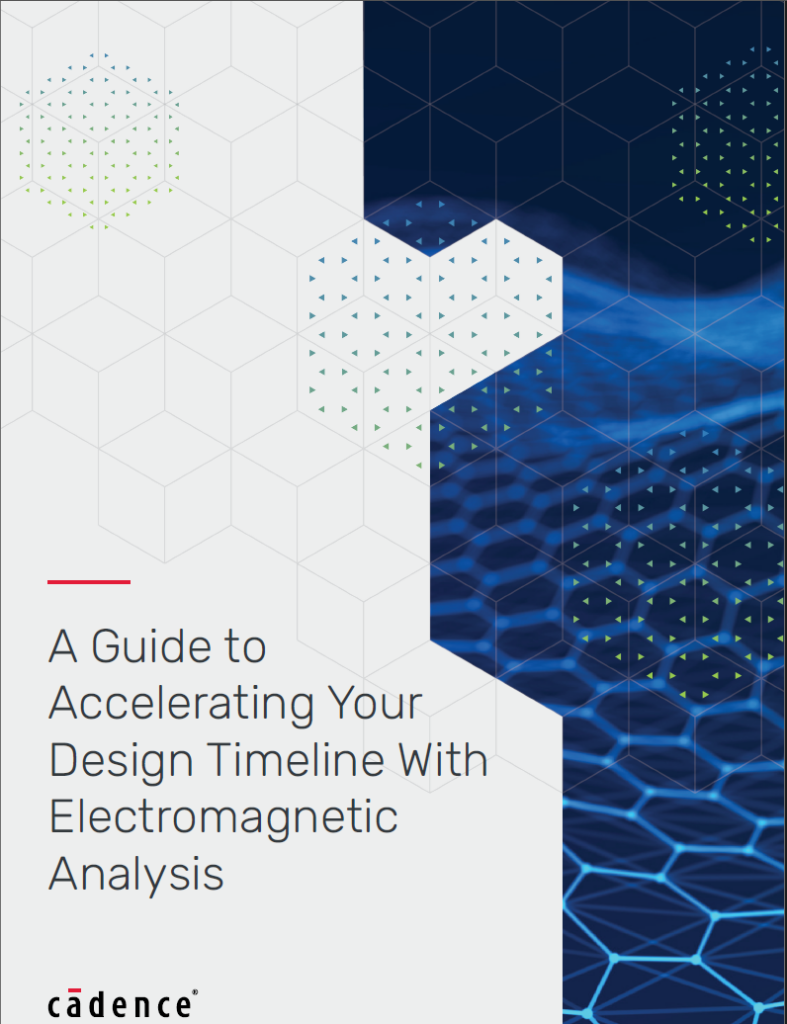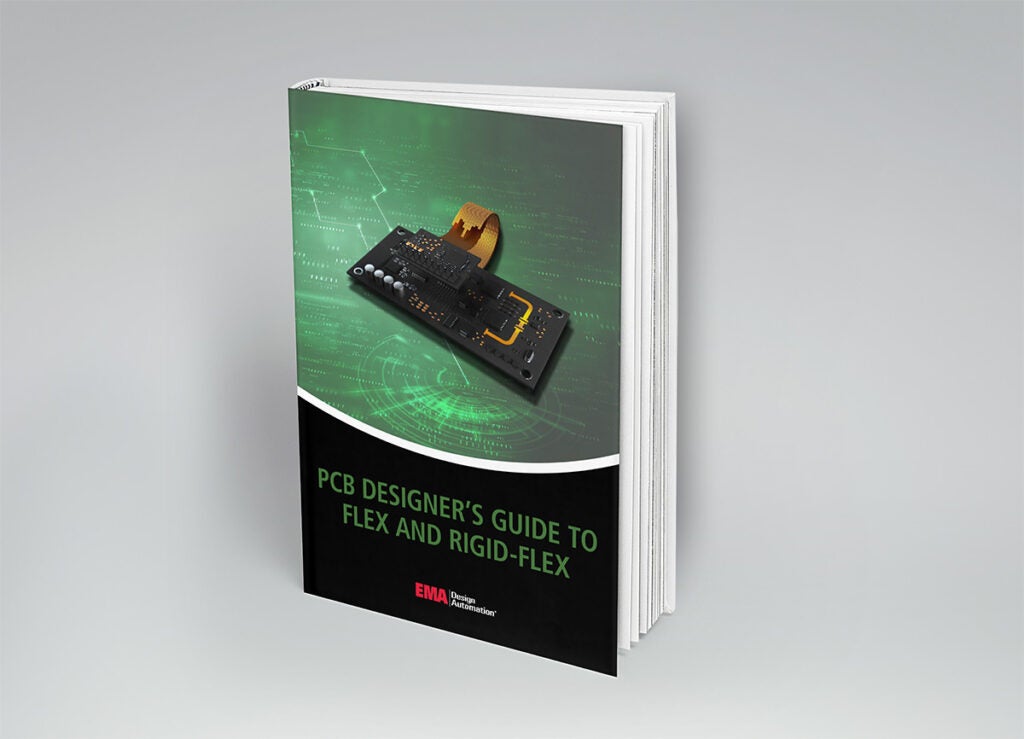This Power Supply Design Guide breaks down the four phases of creating a working flyback converter:
- Electrical design
- Transient simulation
- Loop stability
- PCB layout
Through this guide we will provide instructions and valuable insights for designing a DC-DC Non-Isolated flyback converter using the controller: LM5156-Q1. The target specifications for the design include a nominal 12V input, 5V output, and switching frequency of ~250kHz. Through each phase of the design, you’ll learn about the decisions that matter and the mistakes that can lead to a dead or noisy board.
The Power Supply Design Guide for DC-DC Non-Isolated Flyback Converter will teach you:
- How to determine key sizing decisions for a DC-DC Non-Isolated Flyback Converter
- What can go wrong in the electrical design for power supplies
- How to perform a transient simulation and what simulation settings actually matter
- What ideal operation of a DC-DC Non-Isolated Flyback Converter should be
- What Loop Stability is and how you analyze it
- How to complete a PCB layout for a DC-DC Non-Isolated Flyback Converter
- Creepage and clearance recommendations
- Common Failure Modes
- Quick checklist before you send your design to fabrication
